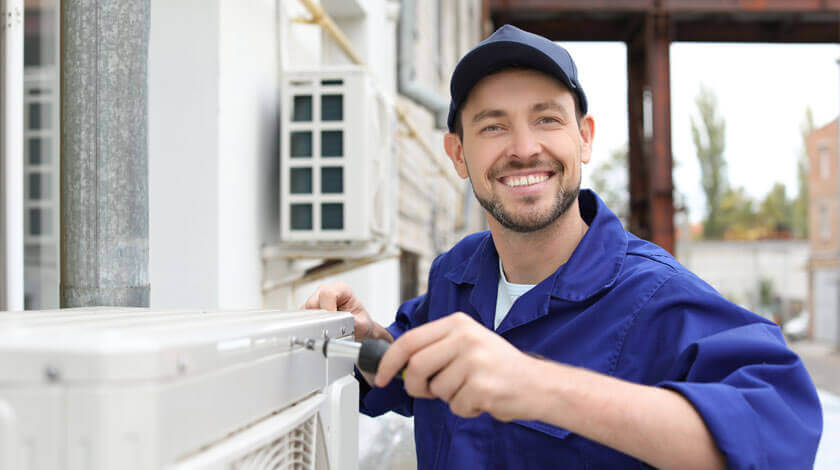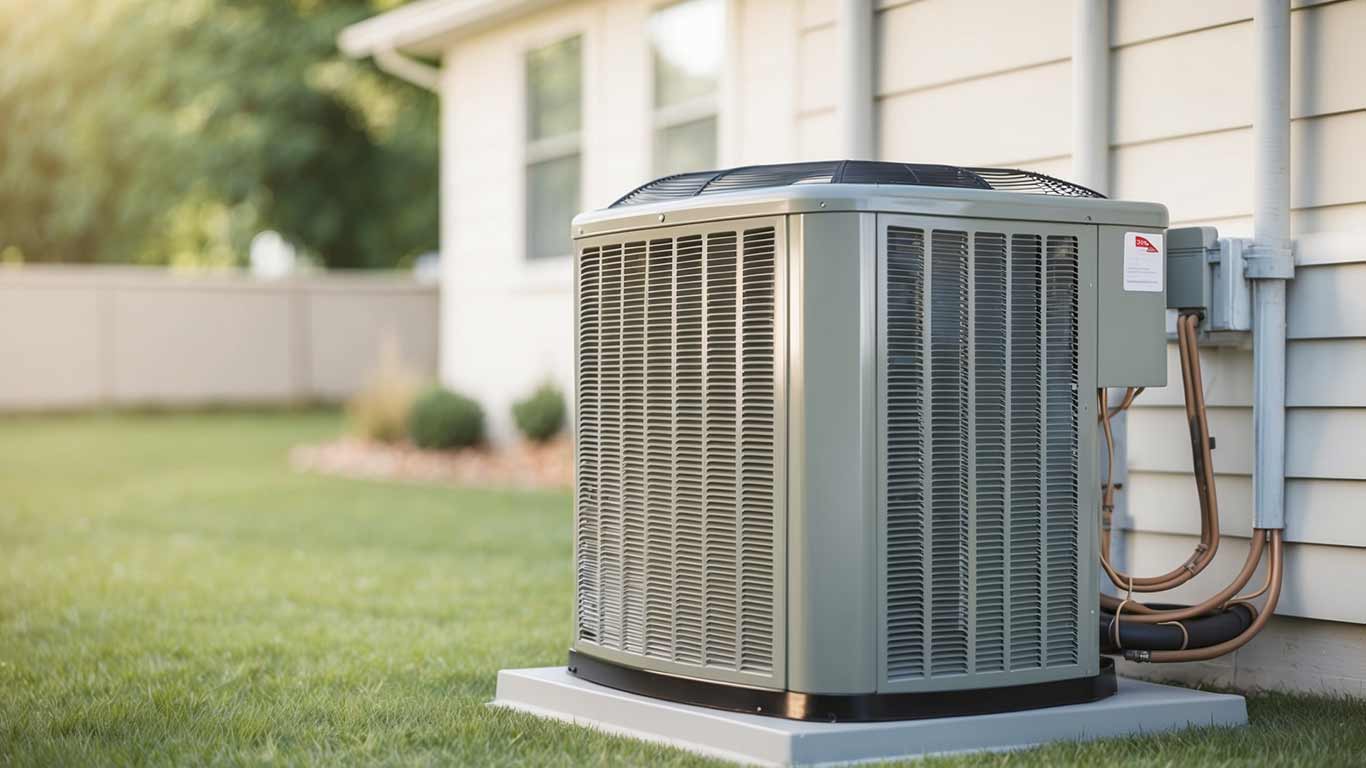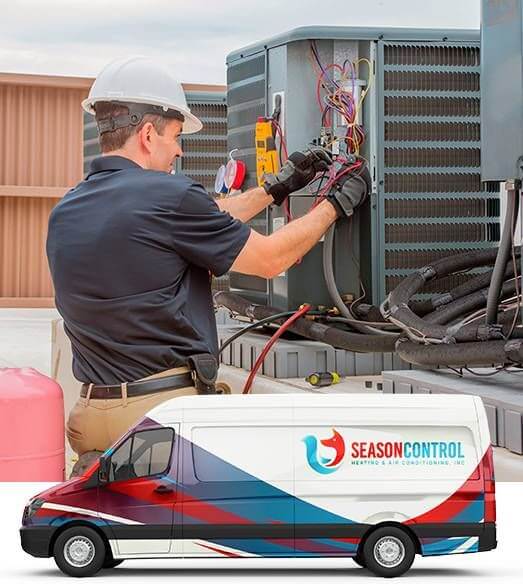How Heating and Cooling Systems Work for Businesses
Introduction
In today's fast-paced business environment, maintaining a comfortable workspace is essential. For businesses in Los Angeles, CA, having a reliable heating, ventilation, and air conditioning (HVAC) system is crucial. This article aims to walk you through the various aspects of commercial HVAC systems. From understanding their components to exploring maintenance tips, this guide covers everything you need to know about heating and cooling systems specifically designed for businesses.
Understanding Commercial HVAC
What is Commercial HVAC?
Commercial HVAC refers to systems specifically designed to heat, cool, and ventilate large buildings such as offices, retail stores, and warehouses. Unlike residential units that cater to smaller spaces, commercial systems are more complex and require specialized knowledge for installation and maintenance.
Why is Commercial HVAC Important?
A well-functioning HVAC system plays a vital role in employee productivity and comfort. Poor air quality or temperature fluctuations can lead to health issues or decreased morale among your staff.
Components of Commercial HVAC Systems
Heating Systems
Heating systems are critical during cold months. Common types include:

- Furnaces: Gas or electric units that generate heat.
- Boilers: Use hot water or steam for heating.
- Heat Pumps: Transfer heat from outside air into the building.
Cooling Systems
Cooling systems help maintain comfortable indoor temperatures during hot weather. They typically include:
- Air Conditioners: Centralized cooling systems for large areas.
- Chillers: Remove heat from liquid via vapor-compression or absorption refrigeration cycles.
Ventilation Systems
Good ventilation ensures fresh air circulation:
- Ducted Systems: Use ducts to distribute air throughout the building.
- Non-Ducted Systems: Utilize fans and vents without extensive ductwork.
Choosing the Right Commercial HVAC System
Assessing Your Business Needs
When selecting an HVAC system, consider factors like:

- Size of the building
- Number of employees
- Equipment heat load
Energy Efficiency Ratings
Look for Energy Star-rated equipment which can save you money over time through reduced energy bills.
Installation Process of Commercial HVAC Systems
Pre-Installation Assessment
Before installation begins, a thorough assessment should be conducted by professionals to ensure proper sizing and placement of the system.
Installation Steps
Maintenance Tips for Commercial HVAC Systems
Regular Inspections
Schedule regular inspections at least twice a year—once before summer cooling season and once before winter heating season.
Filter Replacement
Change filters regularly (usually every 1–3 months) to ensure clean air circulation.
Cleaning Ducts
Dirt accumulation in ducts can affect efficiency; consider professional cleaning every few years.
Common Issues with Commercial HVAC Systems
Inconsistent Temperatures
This could indicate issues with ducting or thermostat problems.
Unusual Noises
Banging or rattling sounds may point towards mechanical failures that need immediate attention.
Energy Efficiency in Commercial HVAC
Importance of Energy Efficiency
Energy-efficient systems not only lower utility bills but also reduce your carbon footprint.
Tips for Improving Energy Efficiency
Advanced Technologies in Commercial HVAC
Smart Thermostats
Smart thermostats can help control temperatures remotely while optimizing energy usage based on habits.

Variable Refrigerant Flow (VRF) Systems
These advanced systems allow different areas of a building to be heated or cooled simultaneously at varying capacities.
Cost Factors in Commercial HVAC Installation
Initial Investment vs Long-term Savings
While installing a high-efficiency unit might cost more upfront, it can lead to substantial savings over its lifespan through reduced energy bills.
The Importance of Professional Help
Hiring Qualified Technicians
Always opt for licensed technicians who have experience working with commercial systems in Los Angeles, CA.
FAQs About Commercial HVAC Systems
- Typically, 15–20 years depending on usage and maintenance practices.
- At least twice yearly—once before summer and again before winter.
- It’s best left to professionals due to complexity involved in installation and local codes regulations.
- Signs include unusual noises, inconsistent temperatures, or increased energy bills.
- If repairs cost more than 30% of a new unit's price or if it's over ten years old, consider replacement.
- Many suppliers offer financing plans; check with your local contractors for options specific to Los Angeles businesses.
Conclusion
Understanding commercial HVAC is crucial for maintaining an efficient workspace that keeps both employees and customers comfortable year-round. Whether you're planning an installation or looking into maintenance strategies, investing time into understanding these systems pays off in comfort and cost-effectiveness over time. For businesses in Los Angeles, CA, ensuring your heating and cooling needs are met will enhance productivity while saving money on energy bills in the long run.
By keeping this guide handy, you’ll be equipped with essential knowledge about commercial HVAC systems tailored specifically for your business needs!